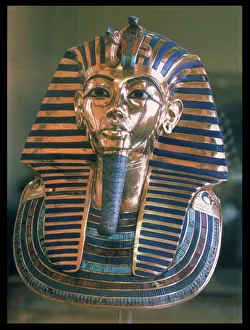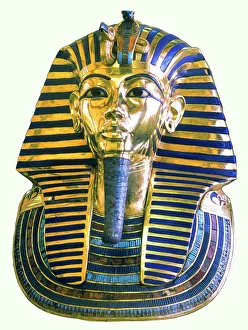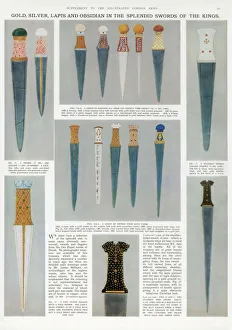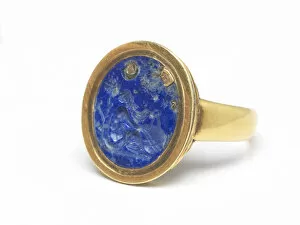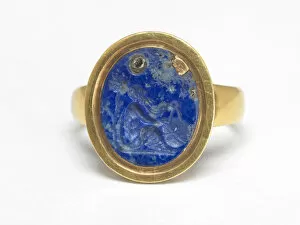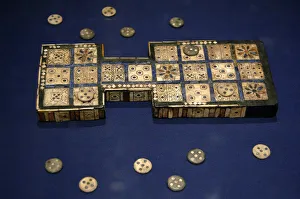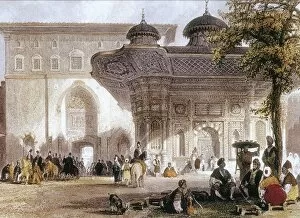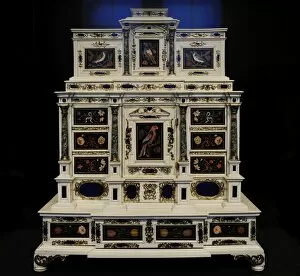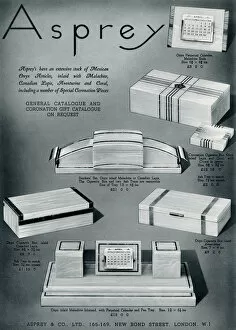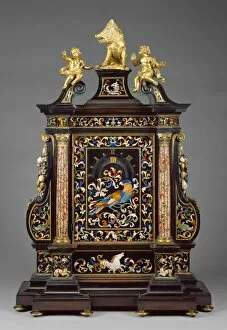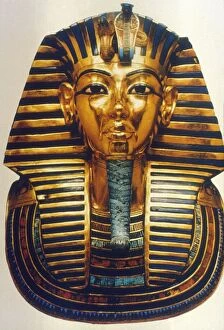Lapis Collection
"Lapis: The Majestic Gemstone of Ancient Treasures and Artistic Masterpieces" Step into the world of lapis
All Professionally Made to Order for Quick Shipping
"Lapis: The Majestic Gemstone of Ancient Treasures and Artistic Masterpieces" Step into the world of lapis, a gemstone that has captivated civilizations throughout history. From the Mask of Tutankhamun to the Golden Mask of Egyptian Pharaoh Tutankhamun, it has adorned some of the most iconic artifacts in ancient Egypt. Its deep blue hue, speckled with golden pyrite flecks, symbolized royalty and power. Intricately crafted swords like those found in "The Splendid Swords of the Kings - The Royal Treasure" showcased not only skillful craftsmanship but also incorporated lapis alongside gold, silver, and obsidian to create weapons fit for kings. Traveling across time and space, we find ourselves in Ur where "The Ram in a Thicket" sculpture mesmerizes us with its intricate details. This masterpiece from Early Dynastic III Period highlights how lapis was used as an embellishment on sacred objects. Games were not exempt from featuring this enchanting gemstone either. In "Royal Game of Ur, " dating back to ancient Mesopotamia's Early Dynastic III Period, game pieces made from they were discovered – a testament to its significance even in leisure activities. Moving towards Istanbul's Turkey (1839), we encounter a stunning breastplate shaped like a lion-headed eagle. Adorned with lapis accents, it showcases how this gemstone transcended borders and cultures as an emblem of beauty and prestige. Delving deeper into history brings us to Rome's Foro Romano where a gabled urn made from Lapis Niger clay stands tall. This architectural marvel reminds us that lapis was not limited to jewelry or small-scale art but also played a role in grand structures. Exploring its composition reveals fascinating insights – silicates like sodalite formed the base while minerals such as leucite and beryl added unique characteristics.

